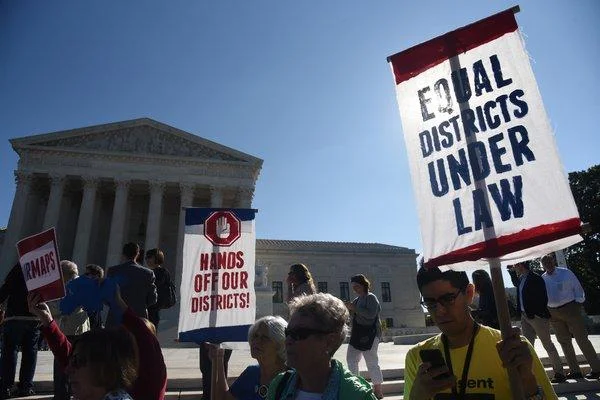Explaining the Rise of Executive Orders by Jim Blackburn
Eight words have been at the heart of over 13,000 executive orders given by all 45 U.S. presidents: “take care that the laws be faithfully executed.” This is taken from Article II of the Constitution that articulates the role of the executive branch.
These orders range from Executive Order 9066 by President Franklin D. Roosevelt, ordering the internment of Japanese-American citizens during WWII, to Executive Order 10924 by President Kennedy that created the Peace Corps. But at its most basic level, Article II asserts the presidency cannot on its own create new laws, only execute laws passed by the Congress.
This has been upheld by the Supreme Court, but there are always exceptions to the rule and none more in a country that started as a small republic and has evolved into a democratic world power, unimaginable to those who created the Constitution.
It was President Abraham Lincoln who first coined the term “executive order” in 1862. Previously, presidents had given directives as proclamations. An executive order is no different than a proclamation legally as they both fall under what is termed a "presidential" or "executive" directive.
One of Lincoln’s most famous uses of executive power was both a proclamation and an executive order– the Emancipation Proclamation of 1863. It is questionable whether this act was constitutional, but since the Confederacy had broken all ties with the federal government, it was impossible to challenge. This was an example of a reversal of conventional wisdom the president cannot make laws because this order set legal precedent and was followed by the 13th Amendment.
The legislative would hold sway over the three branches of government from the early republic into the twentieth century, with the Civil War under Lincoln, and Theodore Roosevelt's active executive being exceptions. Roosevelt would issue over one thousand executive orders, one of his most famous directives being Proclamation 547 in 1906, which created the Grand Canyon Game Preserve.
““I think [the presidency] should be a very powerful office, and I think the President should be a very strong man who uses without hesitation every power the position yields.” ”
Yet, the rise of executive power emerged to meet significant domestic and foreign policy challenges, including the Great Depression and World War II, under President Franklin Roosevelt.
FDR modeled his presidency on that of his cousin Theodore and embraced his philosophy of a powerful executive. Key components of the New Deal were Executive Order 7034 that created the Works Progress Administration and Proclamation 2040 (the Bank Holiday) that shut down all banking in the United States for nearly a full working week.
Another New Deal initiative done almost solely through executive order was the removal of the currency of the United States from the gold standard. Starting with Executive Order 6102 in 1933, which forbid “the Hoarding of gold coin, gold bullion, and gold certificates within the continental United States,” it became illegal for Americans to own gold over a certain limit and required all persons to deliver their gold to the Federal Reserve. Again, in this instance executive order set the precedent for future legislative law with the Gold Reserve Act of 1934.
Roosevelt served three full terms and part of a fourth, while presiding over a country experiencing economic and military transformations. The world and the United States were different places by 1945 compared to 1933. The country and the executive evolved together, effecting the balance of power between the three branches laid out in the Constitution, leading to the birth of what many consider as a more powerful modern presidency.
“Enlightened statesmen will not always be at the helm. Nor, in many cases, can such an adjustment be made at all without taking into view indirect and remote considerations, which will rarely prevail over the immediate interest which one party may find in disregarding the rights of another or the good of the whole. ”
The Supreme Court is now the main check on executive orders during the modern presidency. And especially in 21st century where extreme divisions in politics have made compromise and healthy debate harder to achieve, there is rarely a time when a challenge to an executive order is not on the court’s docket.
Another check and balance on the use of the executive order are presidents themselves. The inherent weakness of the executive order is that it can at any time be repealed by any future president. As well, an executive order can be amended, replaced, or left unenforced by future presidential administrations.
Photo by David Hume Kennerly/Getty
That is why in many cases executive orders are followed by Congressional law to make some orders more permanent. For instance, Theodore Roosevelt's order creating the Grand Canyon Game Preserve was not fully protected until Congress passed the Grand Canyon National Park Act of 1919.
The impermanence of executive directives acts as its own check and balance, as the ambition of one presidency can counter the ambition of another.
Jim Blackburn is an American in Krakow and a contributing editor for New Eastern Europe.







